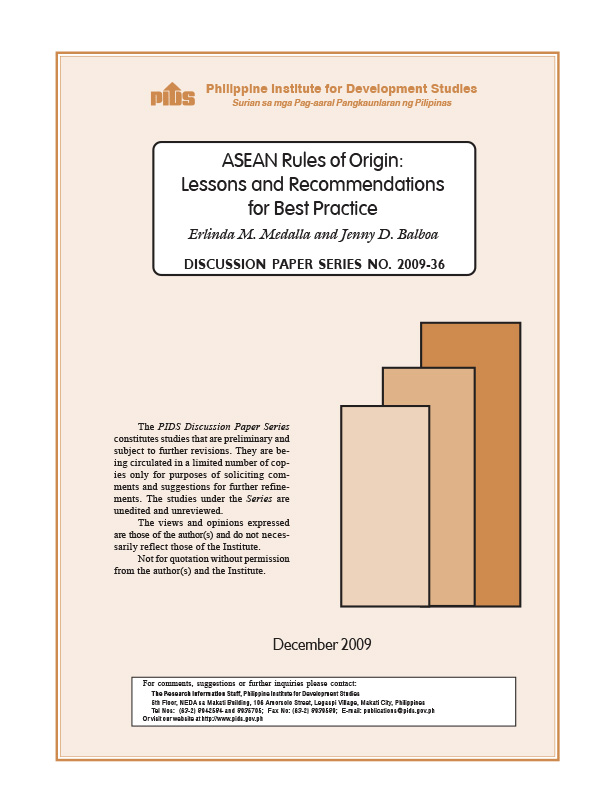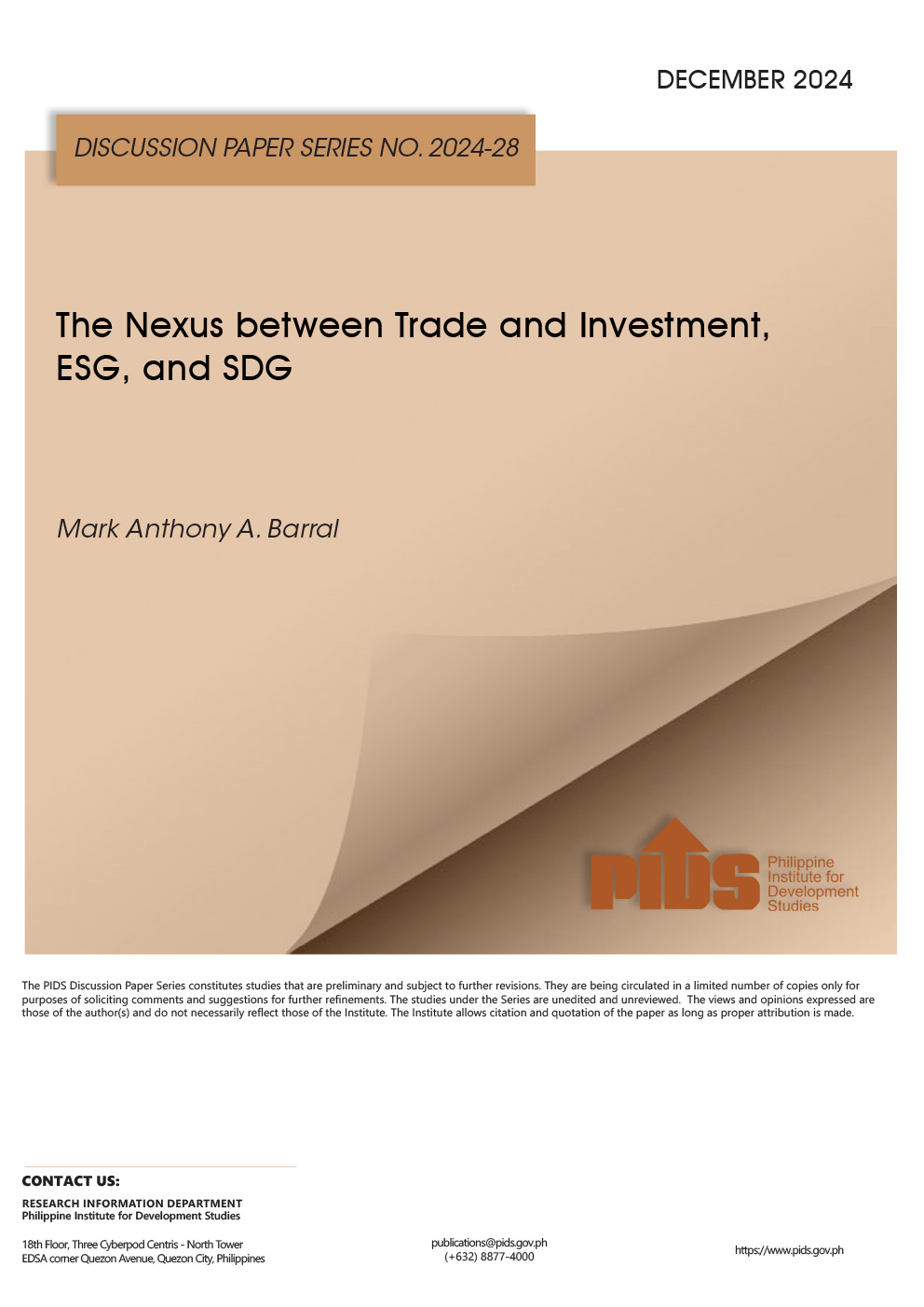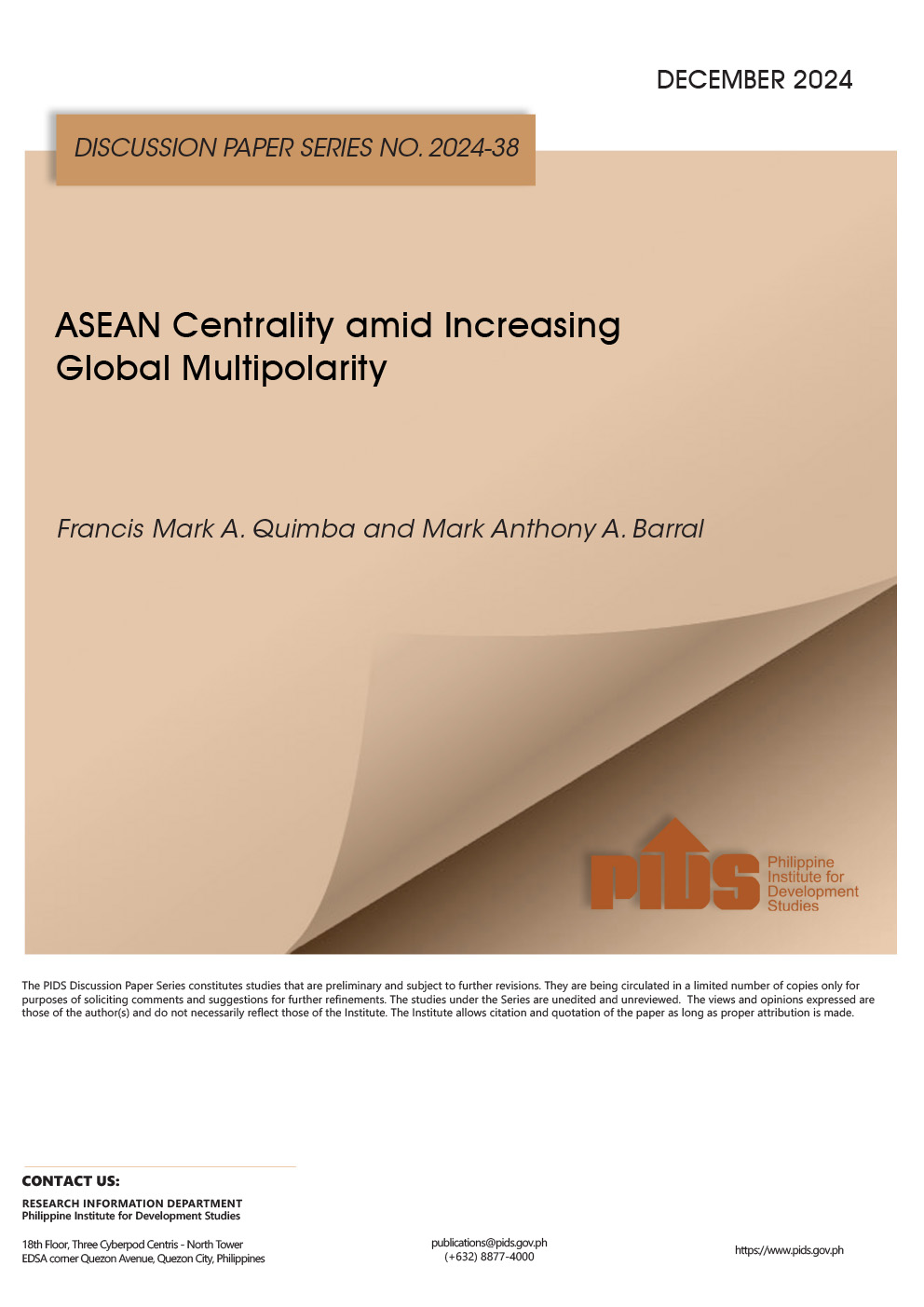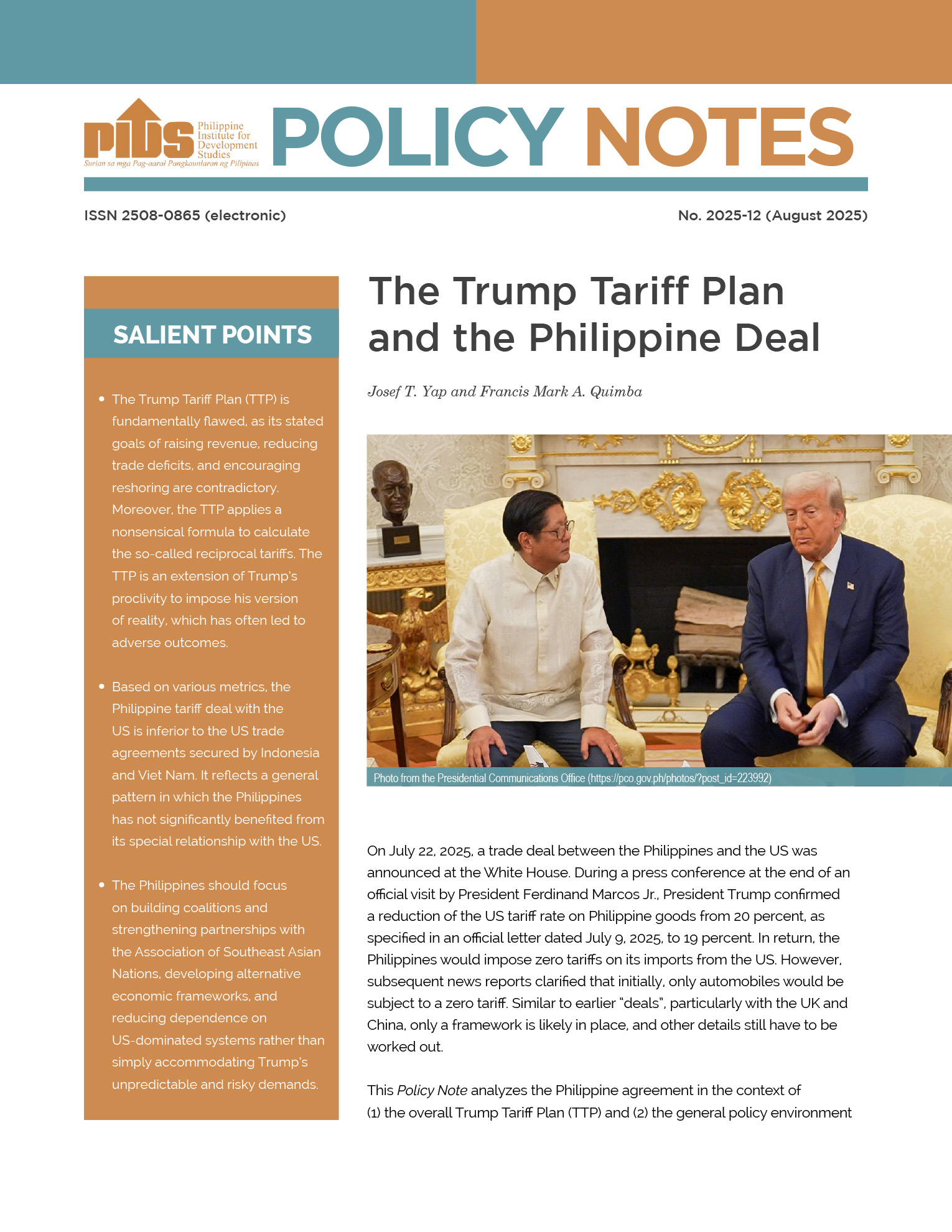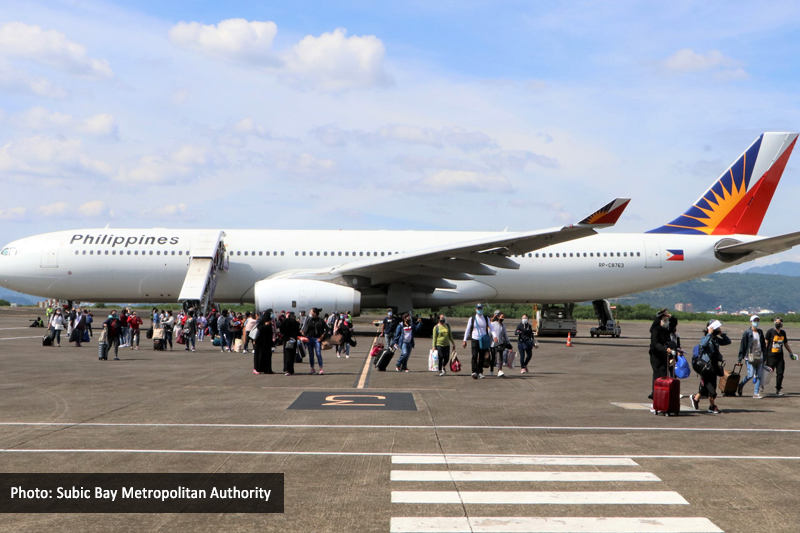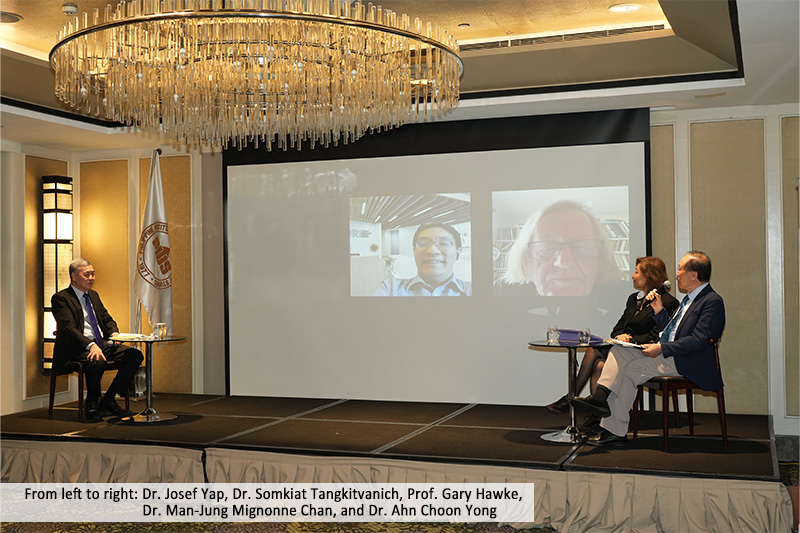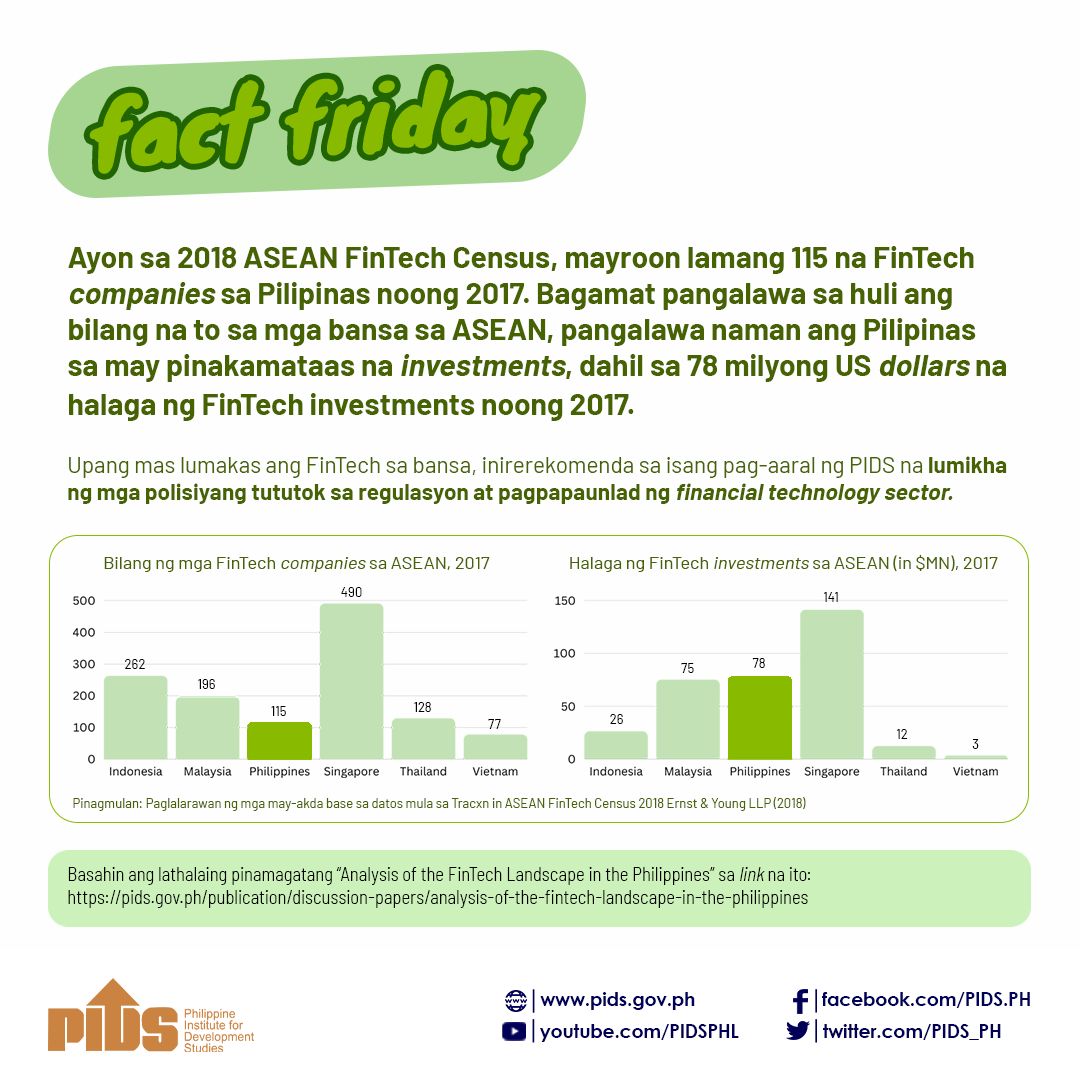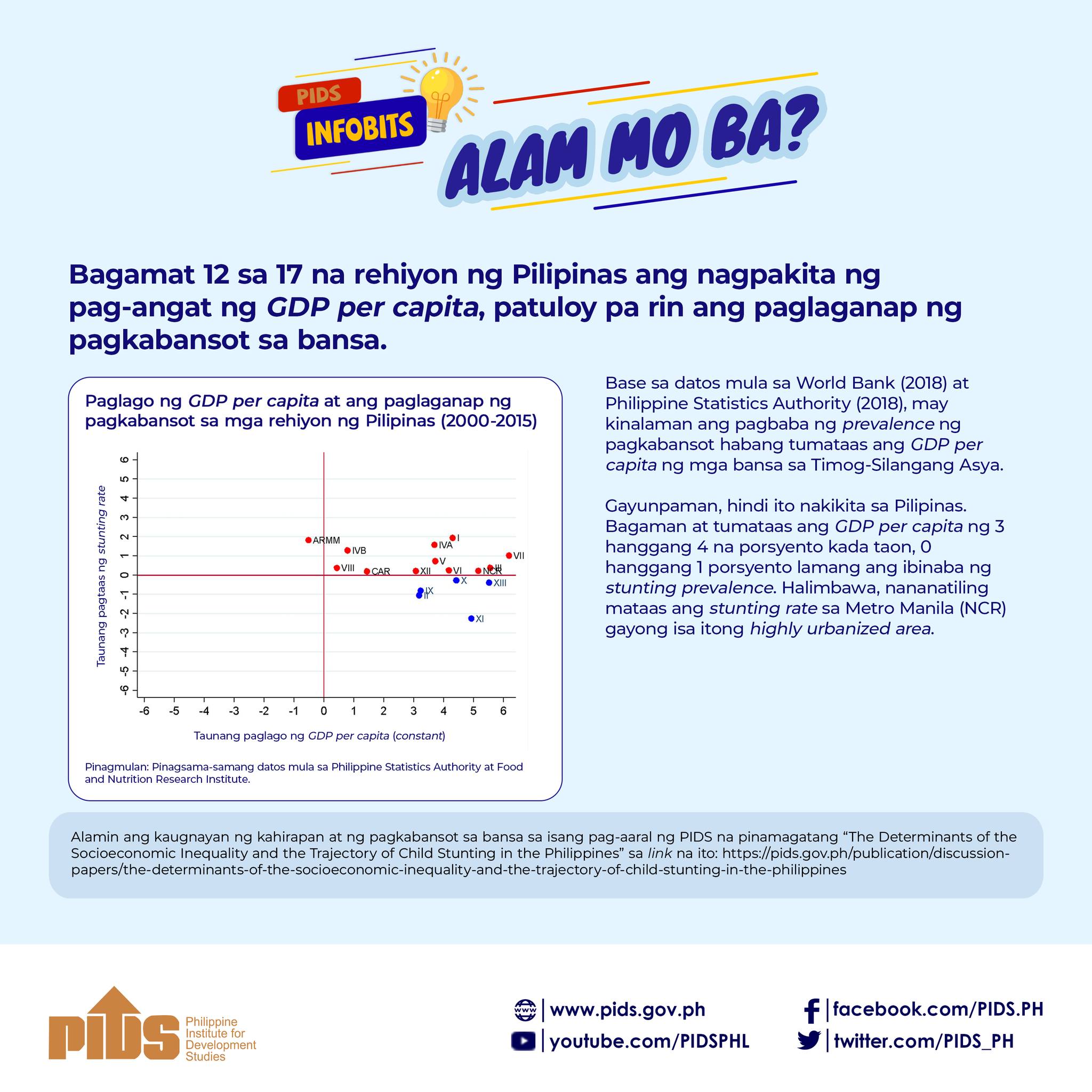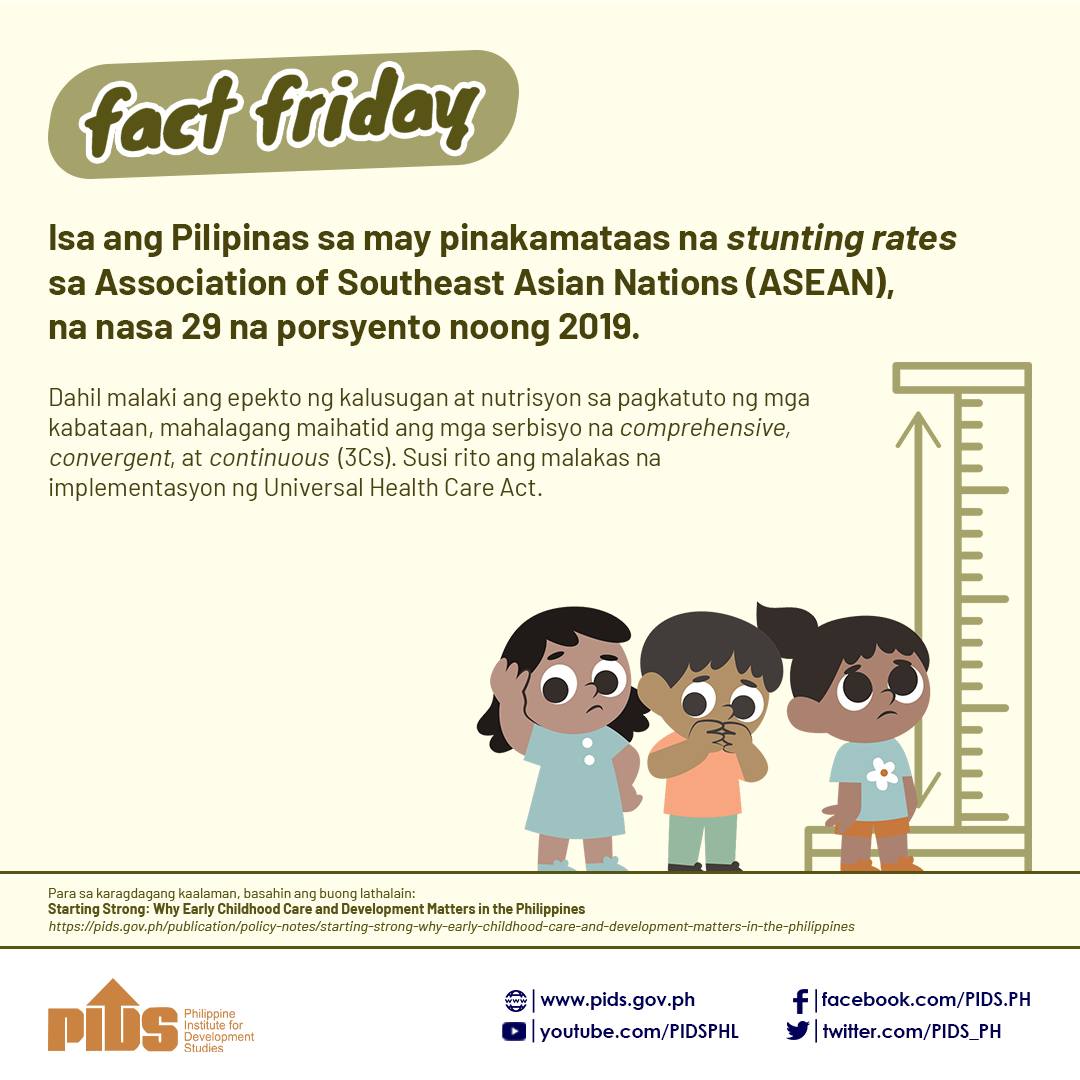Rules of origin (ROO) set the criteria in determining the nationality of a product and where a product was made. The importance of ROO has increased in the past years as more countries engage in free trade agreements (FTAs) and begun treating goods differently according to where the product was made, along with trade-specific preferences or restrictions to the imported good once its origin is determined. This study is done to cull the lessons from ASEAN’s experience in determining and implementing the rules of origin. It draws the important lessons and makes recommendations for best practice that would contribute to the cooperation and integration efforts in the region. The paper examines the various design and implementation practice in ROO regimes, focusing on RTAs where the ASEAN is involved. The paper presents findings from recent studies on the cost of ROO compliance and the FTA utilization rates. It concludes with recommendations on simplification of ROO and some reforms on administrative procedures, bringing in the development country dimension, and some general guidelines to follow to improve ROOs.
Citations
This publication has been cited 10 times
- Aldaba, Rafaelita M. 2015. How are firms responding to Philippine free trade agreements?. Working Papers id:7145. eSocialSciences.
- Aldaba, Rafaelita M et.al. 2015. How are firms responding to Philippine free trade agreements?. Discussion Papers DP 2015-22. Philippine Institute for Development Studies.
- Cadot, Olivier and Lili Yan Ing. 2014. How restrictive are ASEAN's RoO?. Working Papers DP-2014-18. Economic Research Institute for ASEAN and East Asia (ERIA).
- Ing, Lili Yan, Shujiro Urata, and Yoshifumi Fukunaga. 2013. How do exports and imports affect the use of free trade agreements? Firm-level survey evidence from Southeast Asia. Economic Research Institute for ASEAN and East Asia (ERIA).
- Ing, Lili Yan, Shujiro Urata, and Yoshifumi Fukunaga. 2016. How do exports and imports affect the use of free trade agreements? Firm-level survey evidence from Southeast Asia. Working Papers DP-2016-01. Economic Research Institute for ASEAN and East Asia (ERIA).
- Li, Qiaomin, Robert Scollay, and Sholeh Maani. 2016. Effects on China and ASEAN of the Asean-China FTA: The FDI perspective. Journal of Asian Economics, 44(C), 1-19. Elsevier.
- Medalla, Erlinda M. and Maureen Ane D. Rosellon. 2012. Rules of origin in ASEAN+1 FTAs and the value chain in East Asia. Discussion Papers DP 2012-37. Philippine Institute for Development Studies.
- Pangestu, Mari and Lili Yan Ing. 2016. ASEAN: Regional integration and reforms. Asian Economic Papers, 5, no. 2, 44-60. MIT Press.
- Pangestu, Mari and Lili Yan Ing. 2017. ASEAN: Regional integration and reforms. Working Papers PB-2017-05. Economic Research Institute for ASEAN and East Asia (ERIA).
- Pangetsu, Mari and Lili Yan ING. 2015. ASEAN: Regional integration and reforms. Asian Economic Papers, 15, no. 2, 44-60. MIT Press.

